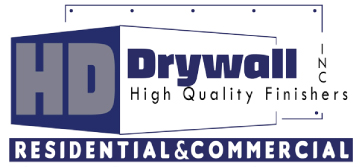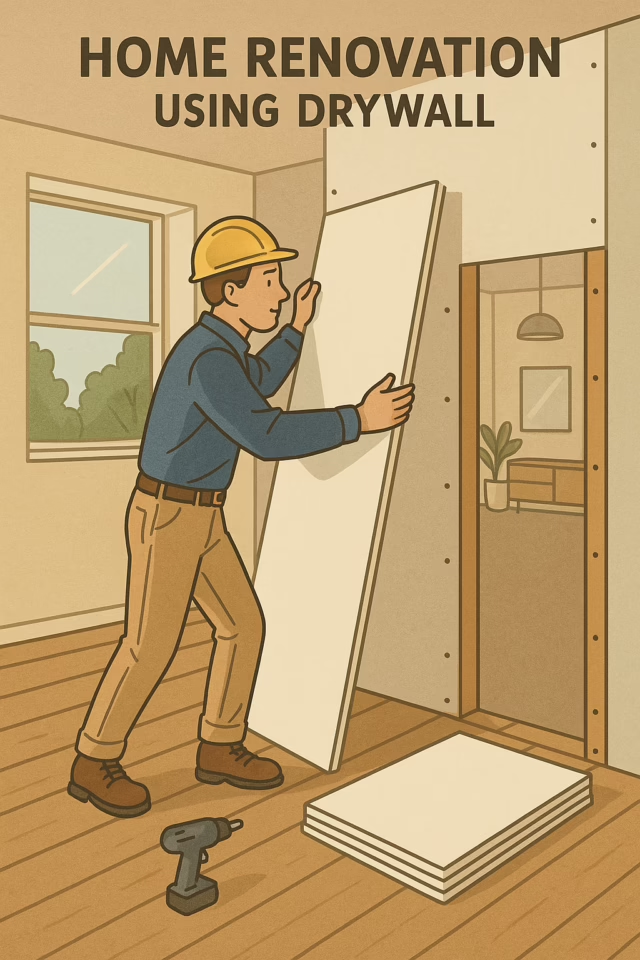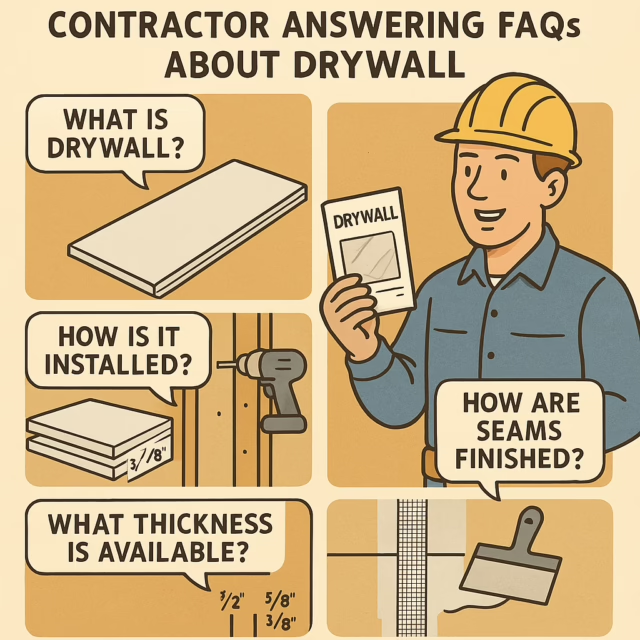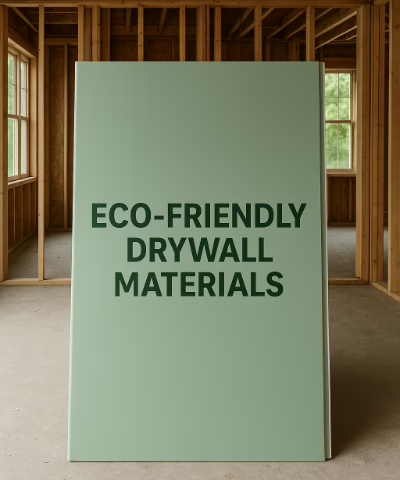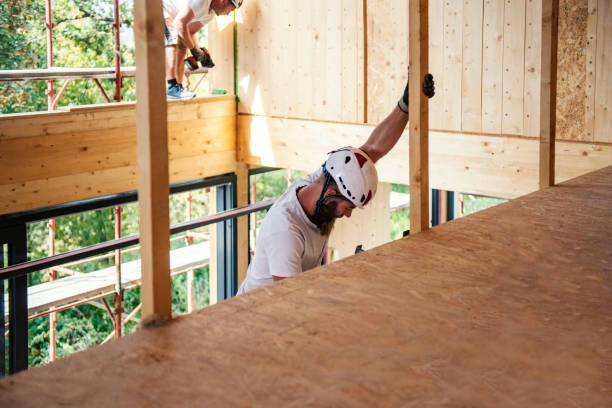The push toward sustainable construction is transforming the building industry, and drywall is playing a vital role in this evolution. With eco-conscious architecture on the rise, understanding the role of sustainable construction drywall helps builders and developers make smarter, greener decisions.
This article reveals how drywall contributes to environmentally responsible construction, where it fits best, and how it aligns with current green building standards.
What Is Sustainable Construction Drywall?
Sustainable construction drywall refers to drywall products and systems designed to reduce environmental impact. Manufacturers use recycled materials, low-emission processes, and energy-efficient production to create eco-friendly panels that align with green building certifications like LEED or WELL.
Unlike traditional drywall, sustainable options focus on:
- Reducing carbon footprint
- Enhancing indoor air quality
- Promoting material circularity
- Improving thermal and energy efficiency
👉 Learn more about our eco-friendly drywall services on our Services page.
What Are the Environmental Benefits of Using Drywall Sustainably?
Sustainable drywall isn’t just a trend—it’s a smart environmental choice. When implemented correctly, it can make a significant positive impact on the overall sustainability of a project.
Key Benefits Include:
- ✅ Reduced landfill waste thanks to high recycled content
- ✅ Improved energy efficiency through thermal insulation properties
- ✅ Lower emissions during production and installation
- ✅ Contribution to LEED credits and green certifications
- ✅ Healthier indoor environments due to low-VOC materials
We ensure all our installations meet or exceed modern sustainability standards. Visit our About Us page to learn how we build with purpose.
How Is Sustainable Drywall Made?
Manufacturers produce eco-friendly drywall using post-consumer or post-industrial gypsum. Many also use recycled paper for the facer and backer layers. Advanced plants operate with closed-loop water systems and renewable energy sources, significantly lowering environmental impact.
💡 Want to partner with a contractor who prioritizes sustainability? Contact us here.
Where Should You Apply Sustainable Drywall?
Drywall that supports sustainable construction works in nearly every building type. But certain applications offer greater environmental returns:
Ideal Use Cases:
- Green-certified residential homes
- Commercial spaces seeking LEED or WELL certifications
- Schools and healthcare facilities
- Eco-conscious multi-family developments
Looking for real-life examples? Check out how we help clients achieve sustainable goals on our Facebook page.
Is Sustainable Drywall Cost-Effective?
Yes, sustainable drywall is often slightly more expensive than standard alternatives. However, it offers long-term ROI through:
- Lower energy bills
- Higher property value
- Compliance with environmental regulations
- Enhanced reputation in green construction markets
Builders who prioritize sustainability often gain competitive advantages and appeal to modern consumers.
Final Thoughts
Choosing sustainable construction drywall helps reduce the environmental impact of buildings without sacrificing performance or durability. From improved energy efficiency to waste reduction, it’s a key player in the future of green architecture.
At HD Drywall, we lead with purpose. Our team delivers drywall solutions that align with sustainability goals while meeting the highest construction standards.
Frequently Asked Questions
1. What makes drywall sustainable?
Drywall becomes sustainable when made from recycled materials, with low emissions and minimal waste during production.
2. Can sustainable drywall contribute to LEED points?
Yes, many eco-friendly drywall products contribute to LEED certifications under categories like indoor air quality and materials.
3. Does sustainable drywall perform as well as traditional options?
Absolutely. It matches or exceeds the performance of standard drywall while offering added environmental benefits.
4. Is eco-friendly drywall more expensive?
It may cost slightly more upfront but delivers long-term savings and environmental rewards.
